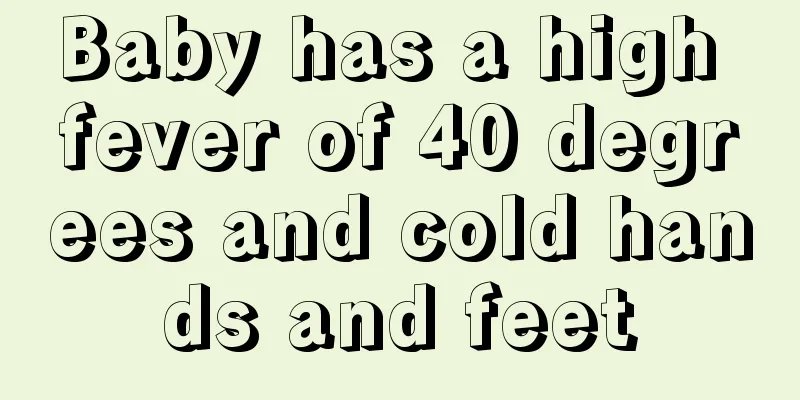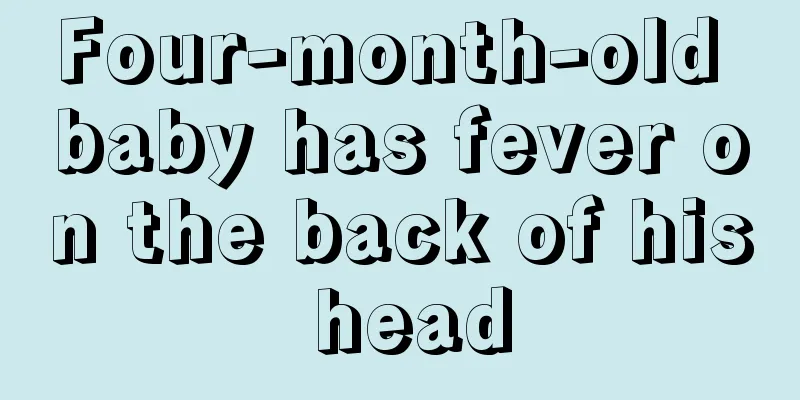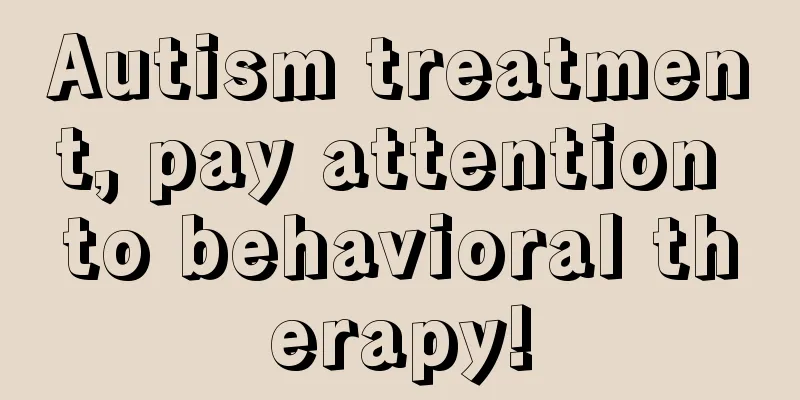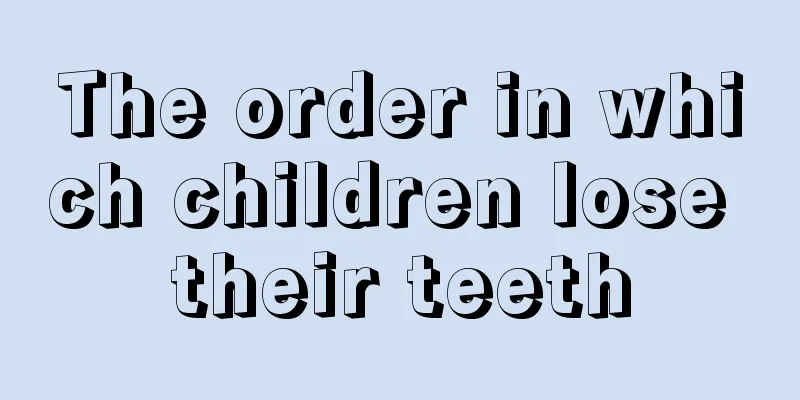Baby has a high fever of 40 degrees and cold hands and feet

|
We all know that babies have very poor resistance when they are young. Because of their poor resistance, they are easily invaded by various viruses and bacteria from the outside world. The white blood cells in the baby's body cannot resist these germs, which will cause the baby to have a fever. Some babies even have a high fever of more than 40 degrees. So what should you do when your baby has a high fever of 40 degrees and cold hands and feet?
Many parents will use the method of "covering the baby to sweat" when the baby has a fever, thinking that as long as the baby sweats, the fever can be reduced. These practices are not advisable! Experts say that babies' sweat glands are underdeveloped, and if they cover themselves up to sweat when they have a fever, the more they cover themselves up, the hotter they will often get. It is not easy to achieve the purpose of "sweating", but it is easy to cause "heat syndrome", which makes the baby have a series of symptoms such as high fever, pale complexion, slow reaction, difficulty breathing, etc., and it is even easy to induce high fever convulsions, which has an extremely adverse effect on the baby's physical recovery.
Experts remind: When your baby has a fever, be sure to measure the baby's body temperature in time and take corresponding measures according to the different stages of the fever. 1. When the baby's body temperature rises, the baby with fever will usually have cold hands and feet. At this time, you should pay attention to giving the baby more warm water. Massage and rub your baby's hands and feet appropriately to help improve peripheral circulation. 2. When the baby's body temperature continues to be high, use cold wet compresses on the baby's head or an ice pack on the head to cool the baby. If your baby doesn't want to put an ice pack on his head, you can use a wet towel or a fever-reducing patch. It should be noted that ice packs or wet towels should be replaced frequently. At the same time, don’t forget to replenish your baby with water. Drink more boiled water to help your baby urinate and sweat. Once the body temperature is controlled, the symptoms of chills and cold hands and feet will naturally be relieved. 3. Use a warm and wet towel to wipe the baby's armpits, neck, thighs and other areas rich in large blood vessels. The purpose of doing this is to evaporate the moisture on the baby's body, taking away some of the heat, thereby cooling down the baby with fever. We would like to remind everyone that you must not use alcohol to wipe. Although it can reduce fever quickly, the sudden drop in body temperature will have a counterproductive effect on the baby. In addition, alcohol can be absorbed into the baby's body through the skin and breathing, causing alcohol poisoning.4. Give your baby a warm bath. Bathing can help dissipate heat. If your baby is in good spirits when he has a fever, you can take more baths and adjust the water temperature between 27 and 37 degrees Celsius. 5. During the fever-reducing period, the baby sweats a lot, so be sure to replace the baby's sweaty underwear in time. |
<<: Baby has fever, shivers, cold hands and feet
>>: Baby's hair is hot and his hands and feet are cold
Recommend
What should I do if my child has a runny white nose?
For younger children, their body's self-defen...
What should I do if my child has angular cheilitis?
Because the sebum secretion of the lips is weaker...
Baby gets eczema when it gets hot
Eczema is a common disease among infants and youn...
If your baby has watery stools after drinking breast milk, be careful that he has eaten these things
Although many women have paid close attention to ...
Treatment of red spots on baby's face
Many parents are particularly concerned about the...
What should I do if my baby has a hoarse voice during the confinement period?
We know that hoarseness is a symptom of laryngeal...
How to make baby food puree
In addition to breastfeeding, babies also need to...
What are the dangers of mercury poisoning in children?
Mercury poisoning in children has serious impacts...
How to treat herpes in children? Common treatments are these
If herpes appears in a child, parents should pay ...
Is high crp in newborns serious?
Generally speaking, if the crp of a newborn is re...
How to test for jaundice at home
In fact, neonatal jaundice is one of the most com...
What to do if your child is allergic to milk
Milk is a common drink and is very popular among ...
Can children eat duck eggs if they have a cough?
The nutritional value of duck eggs is very high, ...
What to do if children have toothache
Toothache is not a disease, but it can really kil...
What are the symptoms of stomach cramps in children? Symptoms of stomach cramps in children
What is stomach cramps? Gastrospasm refers to cra...









